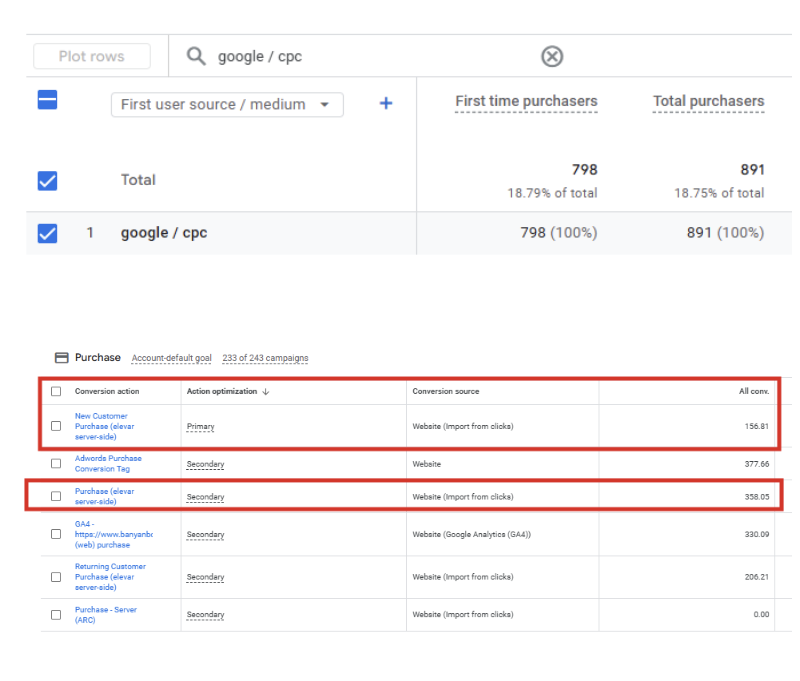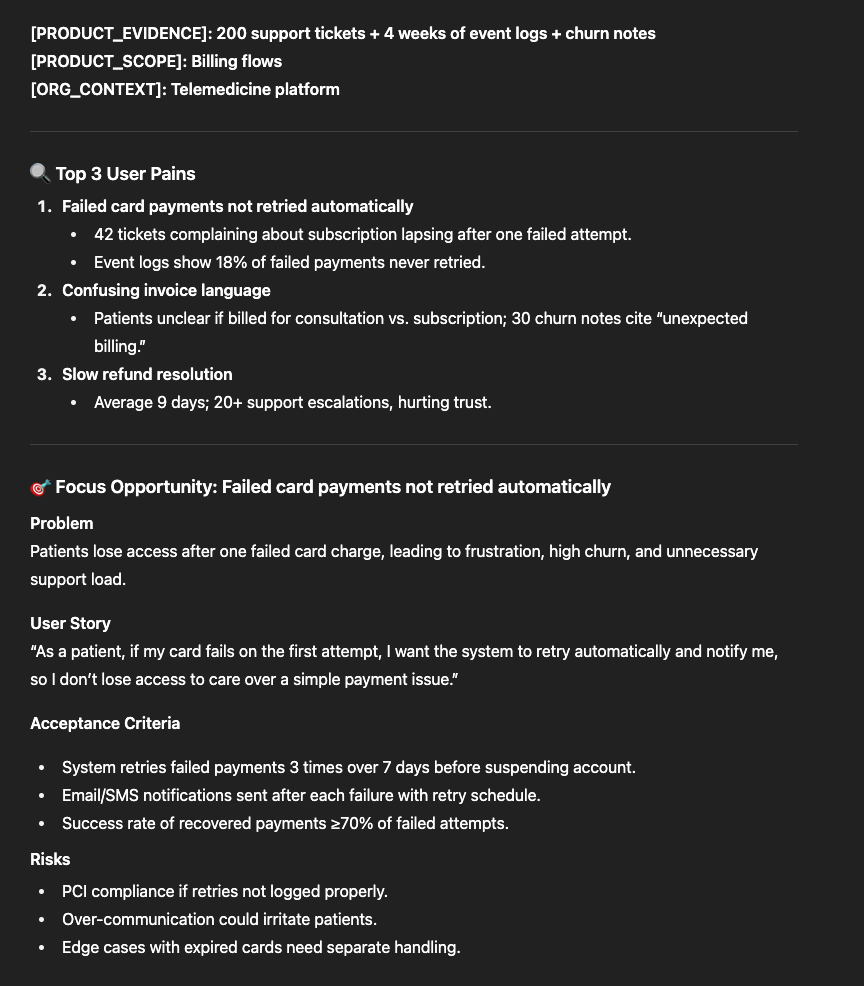Optimize Campaigns With Accurate Signals
📊 Train Google Ads with accurate data plus build smarter product update plans

Hello Readers 🥰
Welcome to today's edition, bringing the latest growth stories fresh to your inbox.
If your pal sent this to you, then subscribe to be the savviest marketer in the room😉
In Partnership with Finance Buzz
Pay No Interest For Up To 21 Months Thanks To These Top Cards

If you have outstanding credit card debt, getting a new 0% intro APR credit card could help ease the pressure while you pay down your balances.
Finance Buzz’s credit card experts identified top credit cards that are perfect for anyone looking to pay down debt and not add to it!
Click through to see what all the hype is about!
Train Google Ads With Quality Conversion Data
Running effective Google Ads isn’t just about budget or creative, it’s about the data you feed the algorithm. Just like any AI model, Google Ads learns from your inputs. If your conversion tracking is incomplete or tied to low-value actions, you’re unintentionally teaching the system to chase the wrong goals.

Steps to Train Google Ads the Right Way:
1️⃣ Set Up Accurate Tracking:
Avoid relying only on client-side or GA4 signals. These often miss key insights. Instead, implement server-side tracking to pass cleaner, privacy-compliant data back to Google.
2️⃣ Focus on Meaningful Conversions:
Don’t let the algorithm optimize toward repeat purchases if your real objective is net-new customer growth. Identify your highest-value actions, like first-time purchases, and make them the primary goal.
3️⃣ Give the Algorithm Time to Learn:
One of the most common mistakes advertisers make is over-managing campaigns during the learning phase. Constant tweaks to bids or budgets reset progress and stall optimization. Instead, prioritize consistency.
4️⃣ Establish a Baseline for Scale:
As a benchmark, aim for at least 30 meaningful conversions per campaign per month. This volume helps Smart Bidding exit the learning phase and begin optimizing effectively.
5️⃣ Shift From Quantity to Quality:
More signals aren’t always better if they’re the wrong ones. Feeding Google a smaller set of clean, accurate conversion events is far more powerful than overwhelming it with incomplete or misleading data.
The Takeaway
Google Ads performance depends on what you teach it. By implementing accurate server-side tracking, focusing on meaningful conversions, and giving Smart Bidding room to learn, you align the algorithm with your true growth goals. Train it with the right data, and it will bring you the right customers.
Designing a Product Update Plan Blueprint
You are a pro product-planning architect tasked with shipping a focused update. Analyze [PRODUCT_EVIDENCE] to isolate the top three user pains in [PRODUCT_SCOPE] for a [ORG_CONTEXT]. For the top opportunity, draft a one-page plan (problem, user story, acceptance criteria, risks) and include one table titled “Product Update Plan” with columns: Work Item | Hypothesis | Metric | Owner | Effort (S/M/L) | Timeline (weeks) | Status. Prioritize by impact vs. effort, define a 30-day experiment, and set a clear go/no-go rule.
Product Evidence: [Insert here]
Product Scope: [Insert here]
Org Context: [Insert here]


We'd love to hear your feedback on today's issue! Simply reply to this email and share your thoughts on how we can improve our content and format.
Have a great day, and we'll be back again with more such content 😍